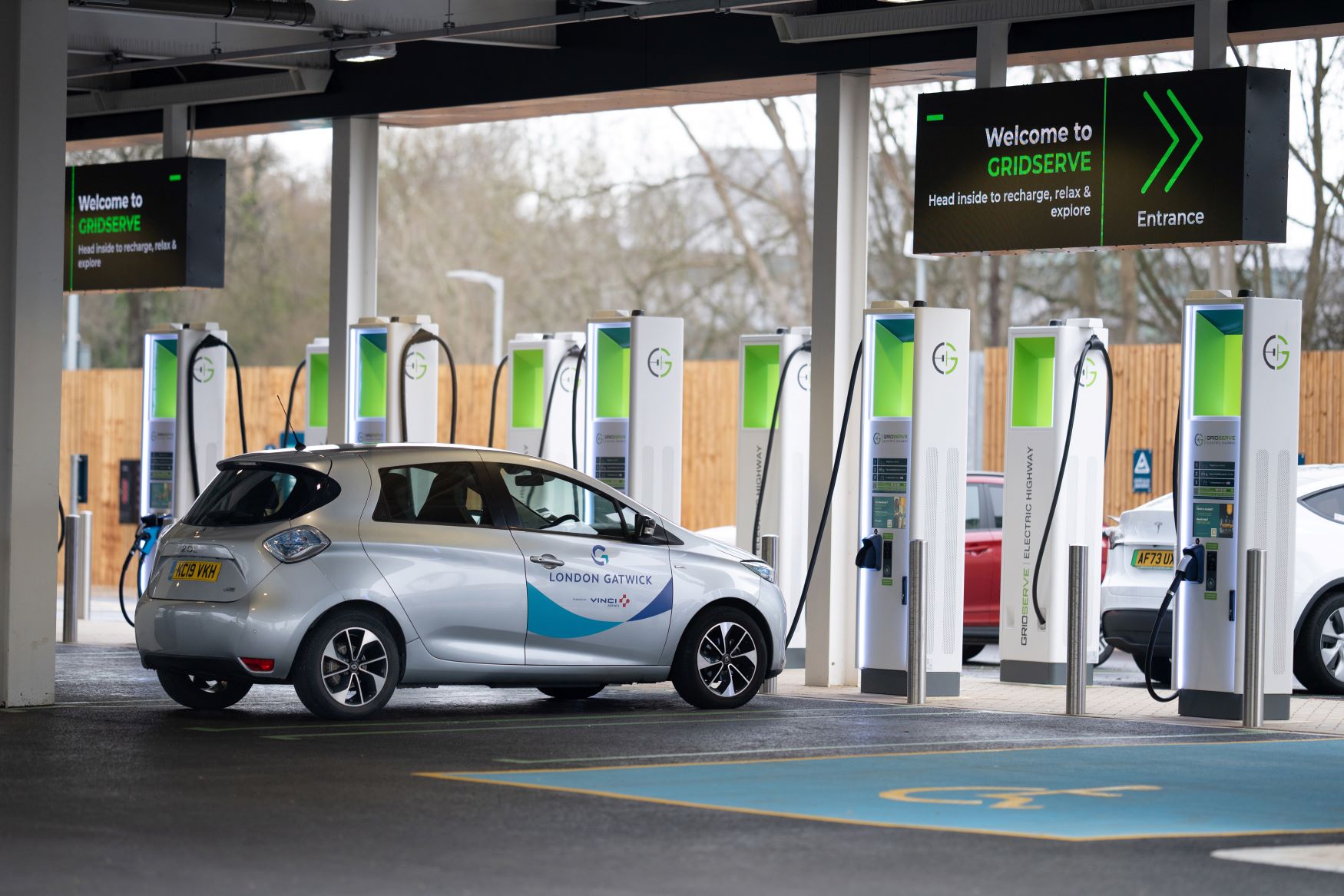London Gatwick’s operation will be net-zero in just six years. Here’s how
Gatwick Airport station’s bigger, better and brighter station concourse
As London Gatwick continues its path to net-zero, Steve Kelso, Head of Engineering at London Gatwick, explains how they will reach net-zero by 2030 and their additional plans to be hydrogen-ready
As an airport, we’ve been decarbonising for almost 15 years, switching to 100 per cent renewable electricity in 2013 and becoming carbon-neutral in 2017.
Our pathway to net-zero is based on two strands of activity. We’re getting our own house in order first – reducing the emissions we control to net-zero by 2030, as the technology is there, and we have the investment to proceed at pace.
At the same time, we’re playing a crucial role encouraging and incentivising third parties on the airport campus to reduce their emissions – known as Scope 3 emissions.
Getting our own house in order first
We have a detailed plan to reduce the emissions we control (Scope 1 and 2). Here’s an overview of my objectives for the next six years:
- decarbonising heating by replacing all gas boilers
- transitioning to an all-electric vehicle fleet and providing electric vehicle (EV) infrastructure across the airport
- replacing refrigerants, including in air conditioning units, with less harmful options
- improving energy efficiency across the airport
- generating renewable energy and providing energy storage facilities.
We’re only a year in since we announced our accelerated target, but our vehicle fleet has swapped from diesel to hydrotreated vegetable oil, resulting in a carbon reduction of 90 per cent. We’ve also just replaced almost 5,000 street and car park lights with LEDs, saving 1.4 GWh of electricity a year.
Scope 3 emissions – transport to and from the airport
Not everything is behind the scenes, however. The public can now use our new train station concourse, with double the capacity for passengers, take one of 20 zero-emission hydrogen buses, or charge their car at Europe’s first airport electric forecourt.
 Europe’s first airport electric forecourt
Europe’s first airport electric forecourt
at London Gatwick
These initiatives help reduce some of the carbon we don’t control – Scope 3 emissions. Airports will play a crucial role, encouraging third parties on their campus to reduce emissions, including making important projects happen by providing funding.
Combined, these initiatives will help us achieve our ambition to get 60 per cent of passengers and staff to and from the airport by zero or low-emissions transport by 2030.
The greater Scope 3 emissions challenge – aircraft emissions
Accounting for eight per cent of UK emissions in 2019 (BEIS statistics), there is no getting away from the fact that aircraft produce by far the majority of carbon emissions at airports and so are the biggest source of our Scope 3 emissions.
These are again outside of our direct control, and we’re playing our part as, together, we progress toward net-zero by 2050.
We’ve trialled Sustainable Aviation Fuel (SAF) on commercial flights, so our infrastructure is ready to go when airlines increase its use. Government must work with industry to incentivise the domestic production of SAF and ensure greater availability.
We’ll also shortly announce a partnership to explore how hydrogen infrastructure might be created on the airport campus to reduce emissions when hydrogen-powered flights become a reality.
Decarbonising commercial flights is a particularly difficult challenge, and no single organisation can achieve it alone. Technological advances have been very promising, however, and with an industry-wide approach, significant investment and support from government, it is within our reach.
Get in touch with me via public.affairs@gatwickairport.com if you want to discuss further.
This article was originally published in The Path To Net Zero supplement circulated alongside The House magazine. To find out more visit The Path To Net Zero hub.
